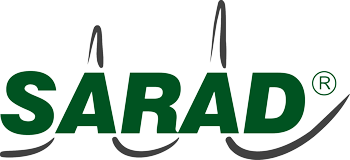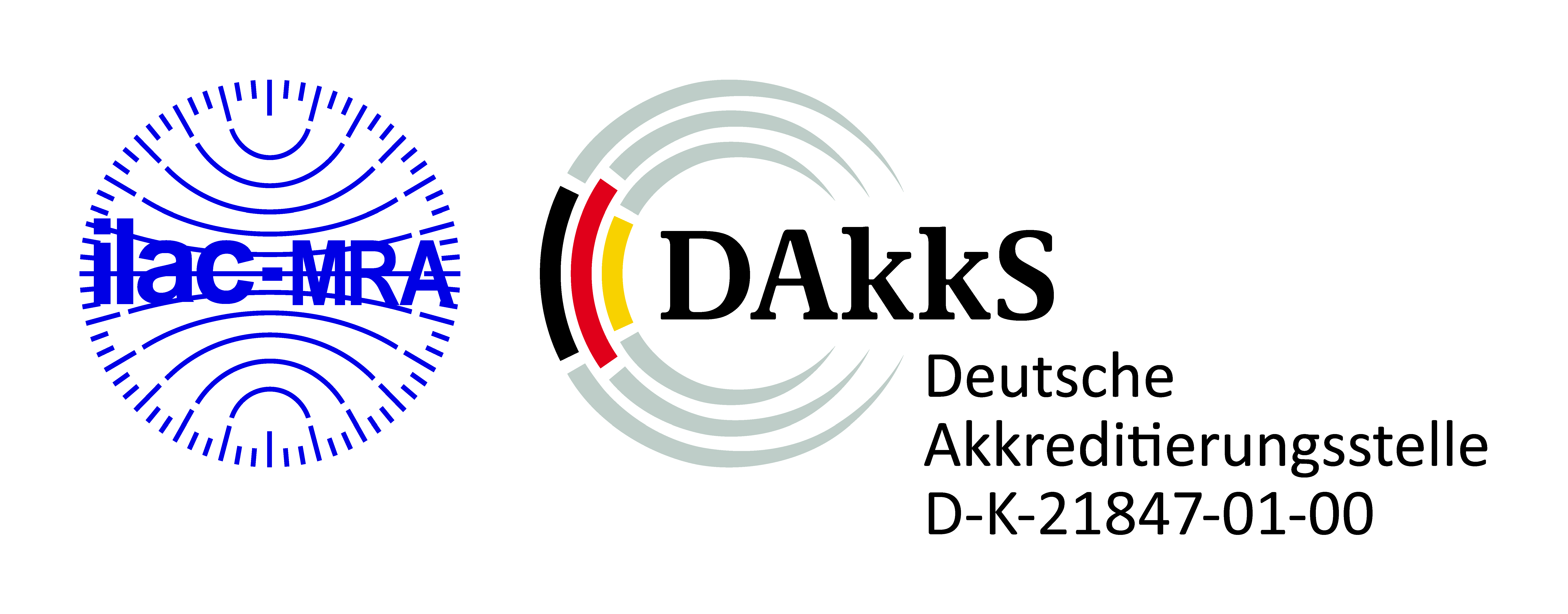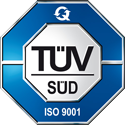What advantage do I get from time-resolved radon measurement?
The continuous, time-resolved radon monitoring with active electronic measuring devices has considerable advantages over the use of passive radon measuring devices. The obligations resulting from the Radiation Protection Act with increased radon concentration can be expensive. By using active radon monitors, you can avoid or reduce these costs.
The Radiation Protection Act initially provides for a measurement of the radon concentration over a period of 12 months. If the mean radon concentration exceeds the legal reference value of \(\SI{300}{\becquerel\per\cubic\meter}\) during this period, suitable measures must be taken to reduce the radon concentration. If these do not lead to success or if their implementation would become unreasonable, a dose estimate must be made for the affected work or residence. If the estimated dose is over \(\SI{6}{\milli\sievert}\) per calendar year, this results in even more extensive obligations regarding occupational radiation protection (§ 130 StrlSchG).
The radon concentration is subject to very strong fluctuations due to space use, weather conditions and the season. Passive dosimeters, however, only provide the mean for the entire exposure period and only at the end of the exposure period. The person obliged to measure therefore has no chance of taking specific measures to reduce the radon concentration during the measurement or of checking the plausibility of the result. The time-resolved measurement, on the other hand, gives him information about possible entry and propagation paths and can initiate measures to reduce it (e.g. ventilation) and check its effect. Exceeding the reference value and the associated duty to estimate the dose can thus be avoided from the outset in many cases.
If the annual mean value nevertheless exceeds the reference value, a time-resolved measurement that has already taken place can be used immediately for dose estimation. Using a calendar function, SARAD's software Radon Vision offers a convenient way to determine exposures for individual rooms or the personal dose. An estimate from a passive measurement almost always leads to a systematic overestimation of the dose, since the highest radon concentrations usually occur when rooms are unused. Time-resolved devices enable the person obliged to measure to collect measurement data themselves and make it available for evaluation. The Radiation Protection Ordinance (StrlSchV dated November 29, 2018) allows this procedure explicitly in §155.
FAQ
- What to pay attention to when choosing a device?
- Which device delivers the fastest measurement result?
- Which measuring device fits my expected radon concentration?
- What about long-term contamination?
- What does sensitivity mean? How important is it?
- Is Thoron an issue that affects me too?
- What advantage do I get from time-resolved radon measurement?
- How accurately can I measure radon?
show all


